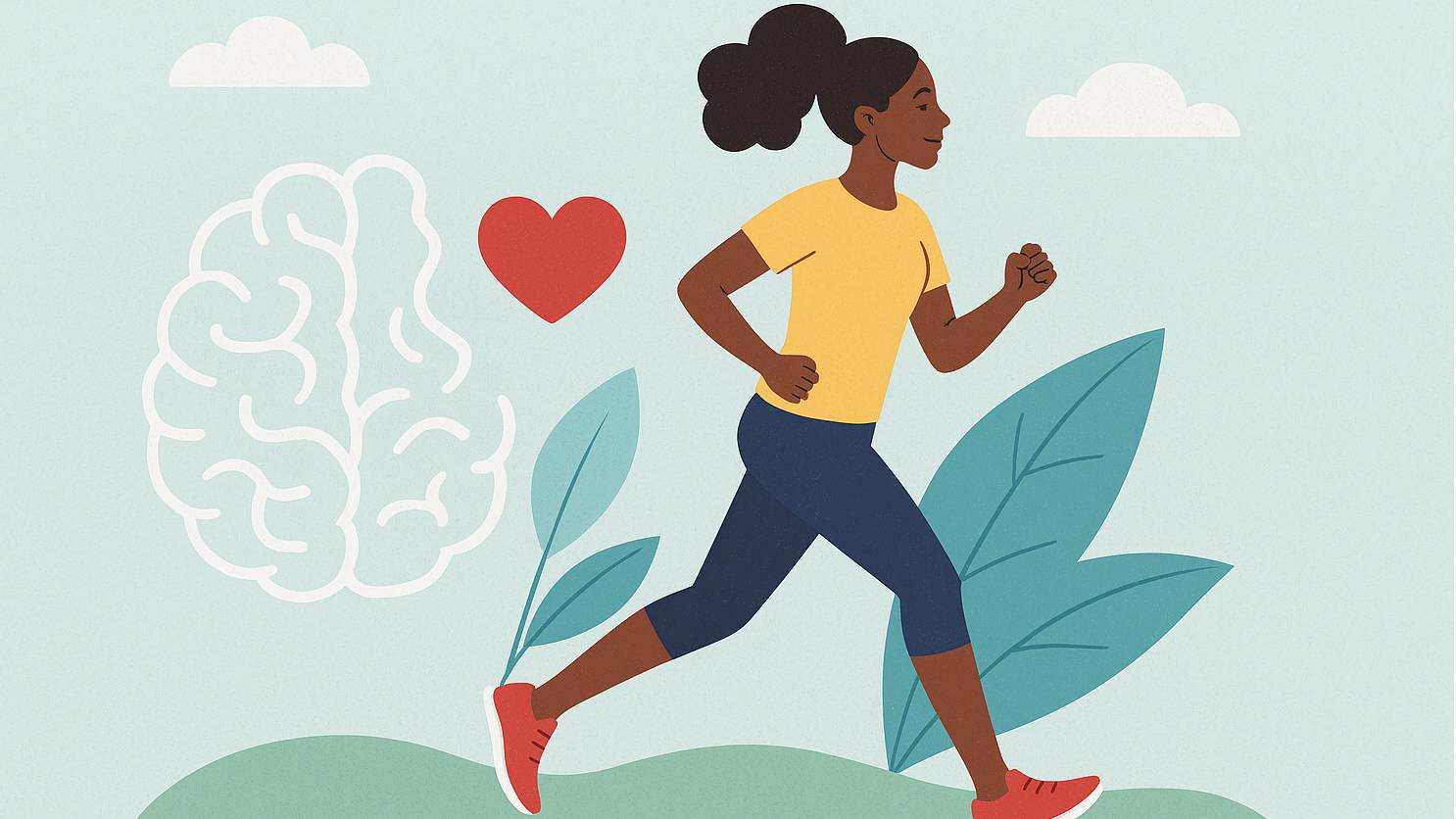
How AI is Changing the Landscape of Creative Industries

✏️ Introduction
Once upon a time, creativity was thought to be uniquely human — an art form no machine could replicate. But in the last few years, Artificial Intelligence (AI) has rapidly stepped into the creative arena. From design and music to film, advertising, and content creation, AI is reshaping how we imagine, produce, and distribute creative work.
In this blog, we’ll explore how AI is transforming creative industries, the benefits it brings, the challenges it poses, and what the future might hold.
🎨 AI’s Role in Creative Work
AI is no longer just crunching numbers or automating repetitive tasks. Today, AI tools like ChatGPT, Midjourney, DALL·E, Stable Diffusion, and others are co-creating with humans. They can:
-
Generate Visual Art: Artists now use AI to create stunning digital illustrations, concept art, and even sell AI-generated NFTs.
-
Write Stories and Content: Journalists and marketers use AI to draft articles, blog posts, and ad copy — speeding up production while maintaining quality.
-
Compose Music: AI can analyze millions of songs to create new tracks, background scores, or personalized soundtracks.
-
Edit Photos and Videos: AI-powered tools can enhance images, upscale resolution, colorize black-and-white footage, or even deepfake faces.
-
Personalize Experiences: Brands use AI to tailor ads, videos, and content to individual tastes, making marketing more relevant than ever.
⚡ Benefits for Creative Professionals
1️⃣ Speed and Efficiency:
Tasks that took hours — editing, drafts, mockups — can now be done in minutes with AI assistance.
2️⃣ New Creative Possibilities:
AI opens doors to entirely new art forms like generative design, interactive storytelling, and virtual influencers.
3️⃣ Cost Savings:
Small businesses and solo creators can produce professional-grade content without large teams or studios.
4️⃣ Collaboration:
AI acts as a ‘co-creator’, suggesting ideas and variations that spark human inspiration.
🧩 Challenges and Concerns
Of course, AI’s rise in creative fields also brings challenges:
-
Job Displacement: Some fear AI could replace human artists, designers, or writers.
-
Authenticity: Audiences may question what is truly “human-made” vs. “AI-made”.
-
Ethics & Copyright: Who owns AI-generated art? Are training datasets fair to original creators?
-
Deepfakes & Misinformation: AI can create realistic fake content that spreads false narratives.
🔮 What Does the Future Hold?
Despite concerns, the creative industries are not dying — they’re evolving. Many experts believe the future is “human + AI”, not humans vs. AI. Artists who embrace AI can work faster, experiment more freely, and unlock fresh ideas.
We may see more roles for AI trainers, prompt engineers, and hybrid creatives who know how to direct AI tools effectively. Education and policy will need to adapt to balance innovation with fairness and authenticity.
✅ Final Thoughts
AI is transforming the creative world — but it doesn’t eliminate human creativity. Instead, it augments it. The best results often come when humans and machines collaborate, blending the unique spark of human imagination with the power of machine learning.
Whether you’re an artist, marketer, designer, or writer, now is the time to explore how AI can empower your creative work — because the next masterpiece might just be human + machine made.












